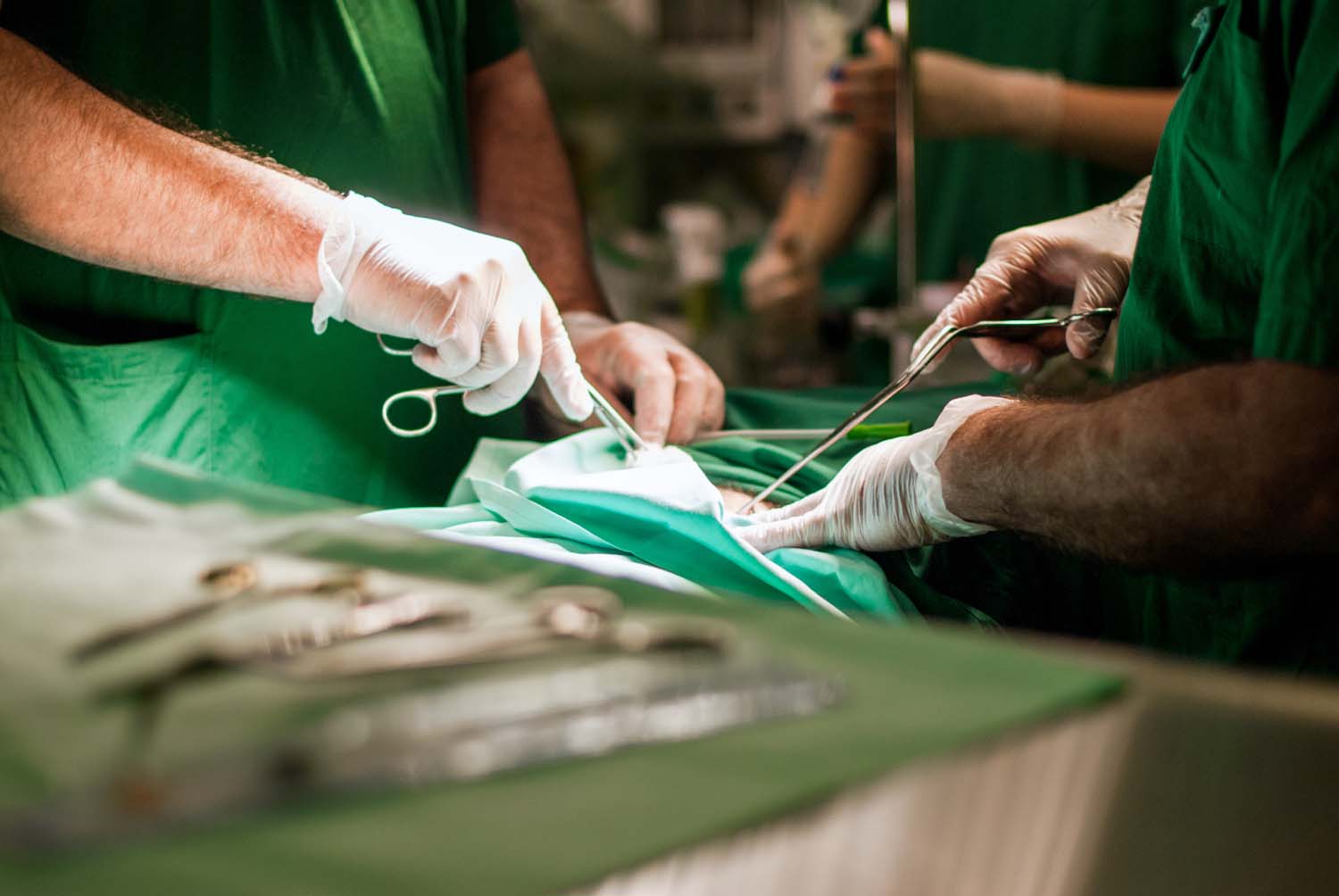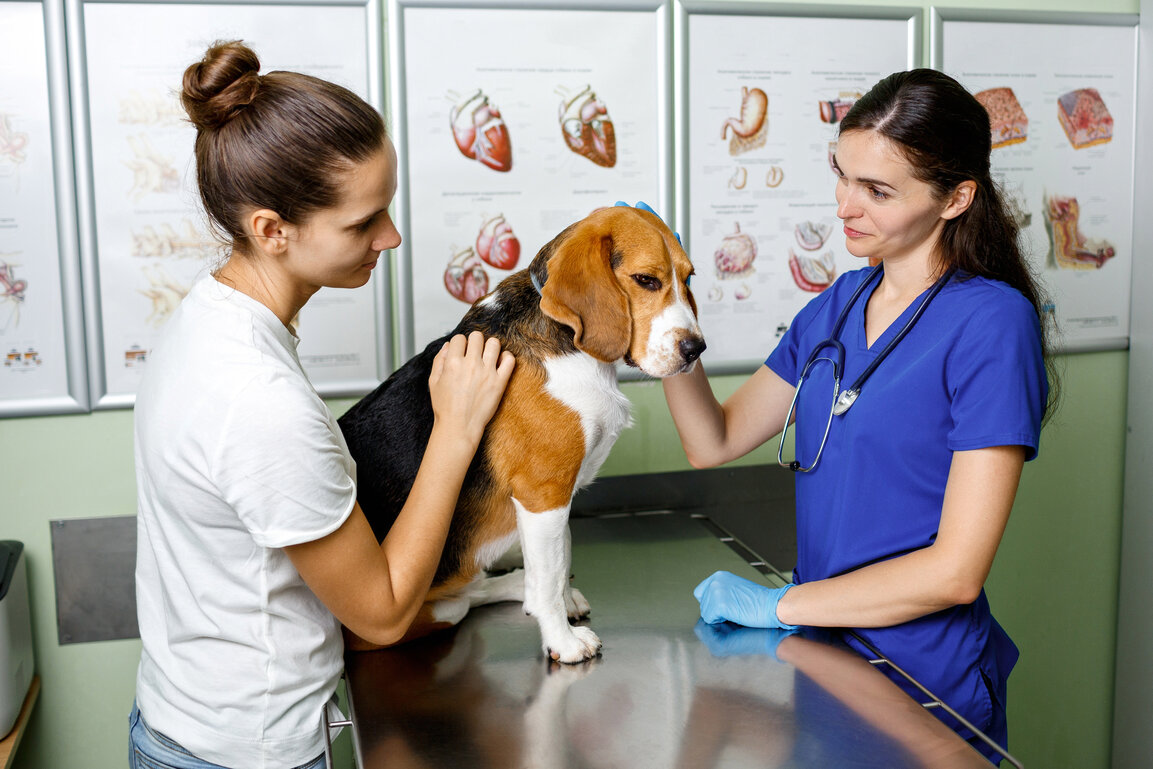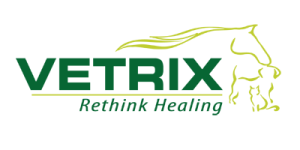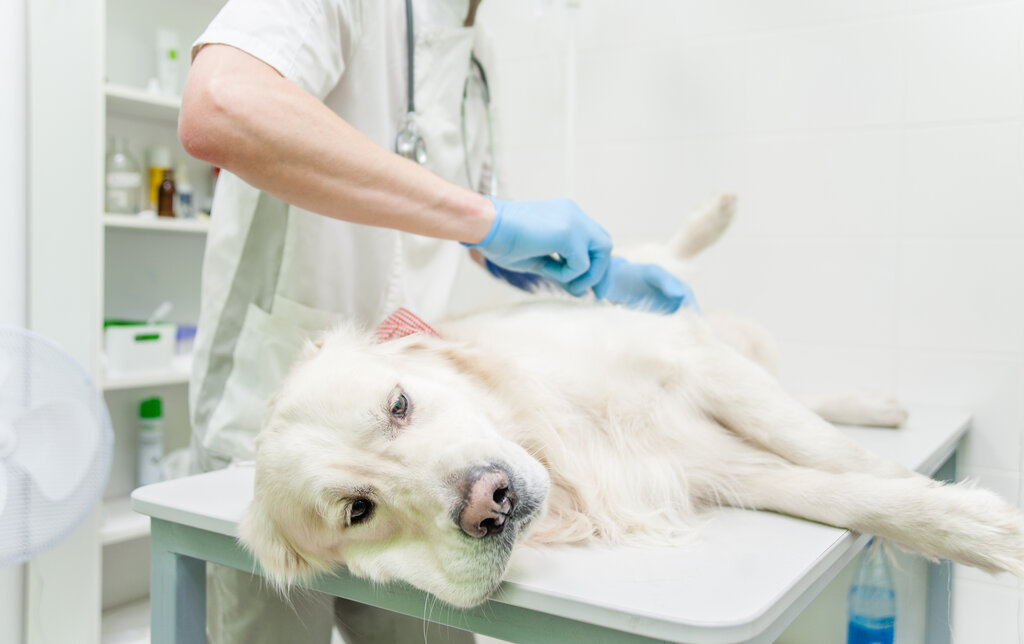 According to the Veterinary Society of Surgical Oncology, spinal tumors in dogs are uncommon, but when they do happen, 90% of spinal tumors occur in large-breed dogs. Meningioma is the most common and presents most often in the cervical spinal cord. Regardless of the type of spinal tumor a veterinarian may face treating at some point in their career, it’s always best to be prepared. Recommending the best treatment plan for a dog with a spinal tumor diagnosis is critical, as spinal tumors are slow-growing and may need more time to respond to treatment.
According to the Veterinary Society of Surgical Oncology, spinal tumors in dogs are uncommon, but when they do happen, 90% of spinal tumors occur in large-breed dogs. Meningioma is the most common and presents most often in the cervical spinal cord. Regardless of the type of spinal tumor a veterinarian may face treating at some point in their career, it’s always best to be prepared. Recommending the best treatment plan for a dog with a spinal tumor diagnosis is critical, as spinal tumors are slow-growing and may need more time to respond to treatment.
Signs and Symptoms of Spinal Tumors
Signs and symptoms of spinal tumors that dog owners may notice that require an immediate examination by a veterinarian include:
- Changes in movement
- Changes in coordination
- Limb weakness
- Neurological changes
- Pain
These signs can include lethargy, difficulty getting up and down, dragging limbs or limping, depression, decreased appetite, or difficulty going potty. If a dog presents with any of the above symptoms, a vet may order some diagnostic tests for spinal tumors, such as:
- CT Scan
- MRI
- Ultrasound
- Chest X-ray
- Bloodwork
- Urinalysis
- Biopsy
Spinal Tumor Treatment Options
A spinal tumor diagnosis can be frightening, but many treatment options are available for dogs today. The tumor type, location, and grade determine the best course of treatment, but these are the most common ways to help dogs with a spinal tumor diagnosis:
Surgery
Surgery for a spinal tumor can be complicated based on the tumor’s location. However, regarding veterinary neurologist technologies, Vetrix is an industry leader. Vetrix BioSIS for neurology is a platform technology that can be used for several surgical applications, including as a dural graft for spinal surgeries and spinal tumor surgeries. When used for these applications, the contact between BioSIS and the surrounding tissue allows cells to migrate, separate, and differentiate within the bio-scaffold. This matrix is easy to handle and simple to use but strong enough to hold sutures and support weakened tissue. If the tumor can be removed without impacting the functionality of the spinal cord, surgery is an excellent treatment option.
Chemotherapy
Chemo treats spinal tumors in dogs that have already spread or are at high risk for spread. Veterinarians make specific and informed recommendations based on the tumor type.
Radiation Therapy
Radiation therapy may be used alone or with surgery as part of a dog’s spinal tumor treatment plan. Again, this recommendation will be specific to a dog’s tumor type.
Palliative Therapy
Palliative therapy includes things like antibiotics and painkillers that help maintain a dog’s quality of life but does nothing to slow the progression of the spinal tumor. Palliative therapy is meant to keep a dog comfortable when no other treatment options are available or have been exhausted.
Spinal Tumor Prognosis
As with any cancer, the prognosis varies by case, type, and tumor location. The earlier the cancer is diagnosed and treated, the better the chances treatment will be successful. It also helps to have the best veterinary science technology and tools at your fingertips.
For more information on any Vetrix technologies, contact us with your questions.

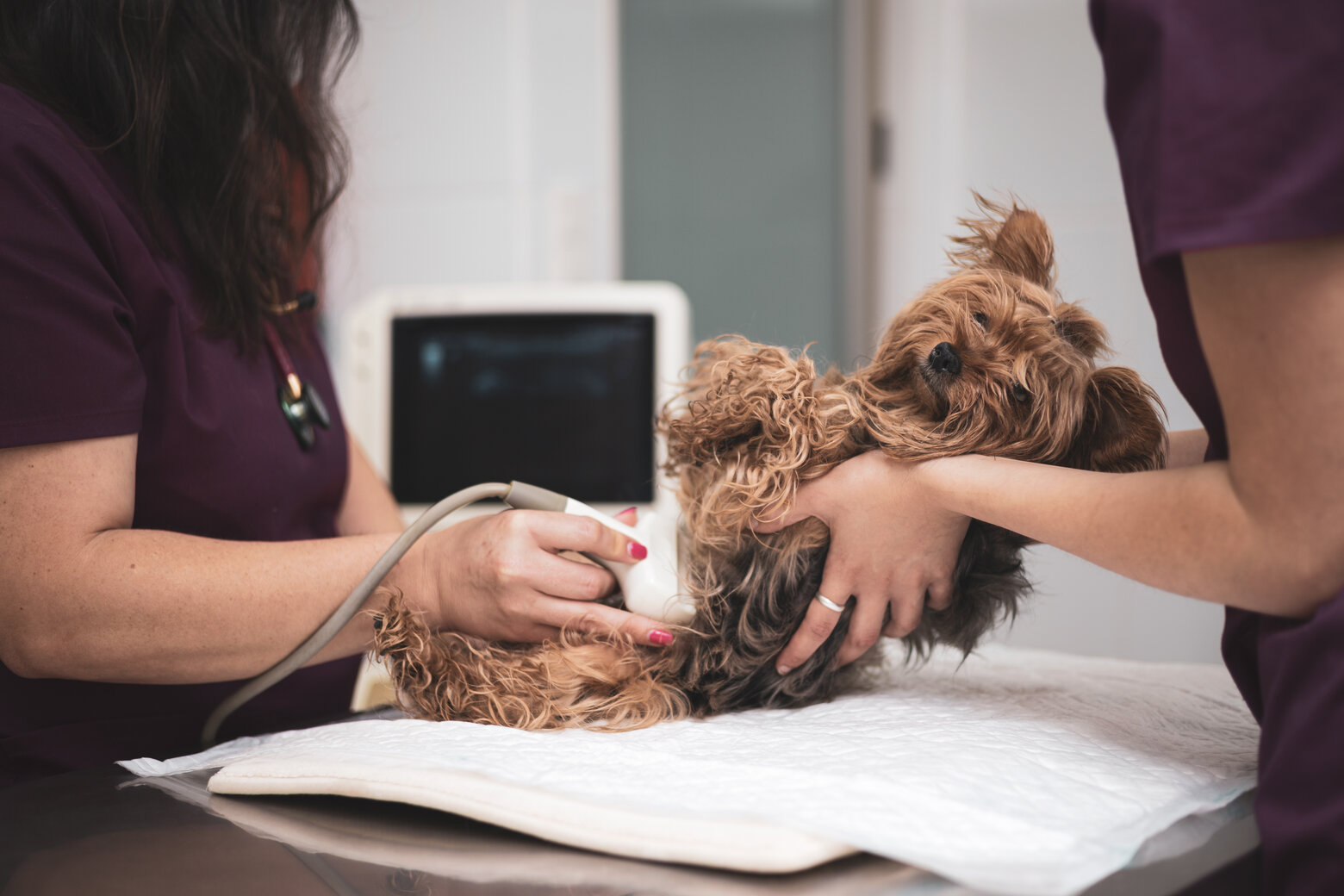 Your furbaby needs gastrointestinal surgery, and you have all kinds of questions. We’re here to discuss how you can prepare and what you need to know.
Your furbaby needs gastrointestinal surgery, and you have all kinds of questions. We’re here to discuss how you can prepare and what you need to know.